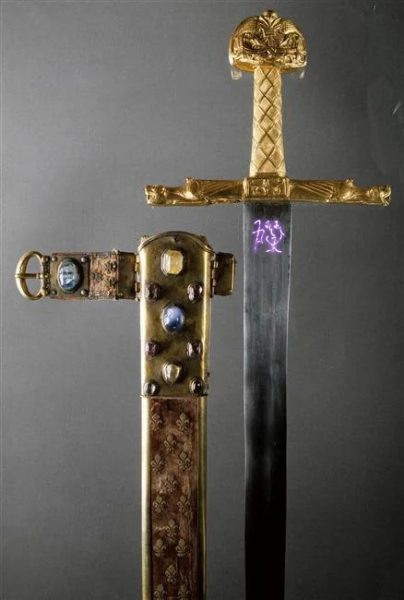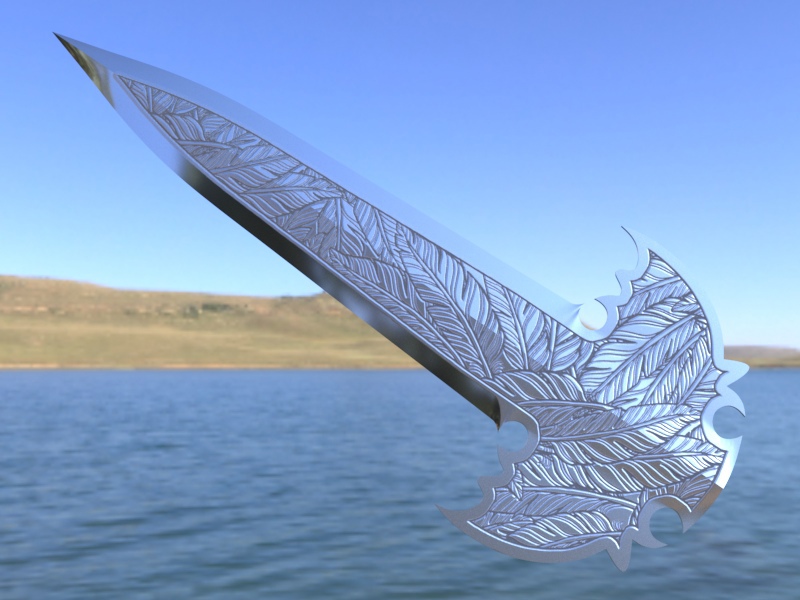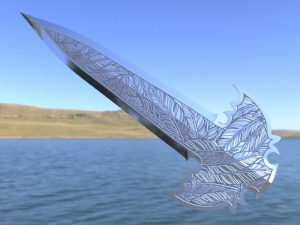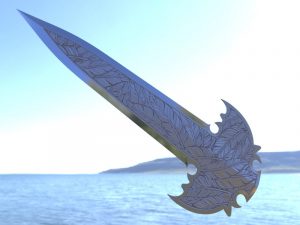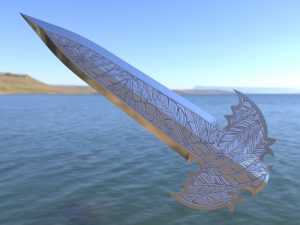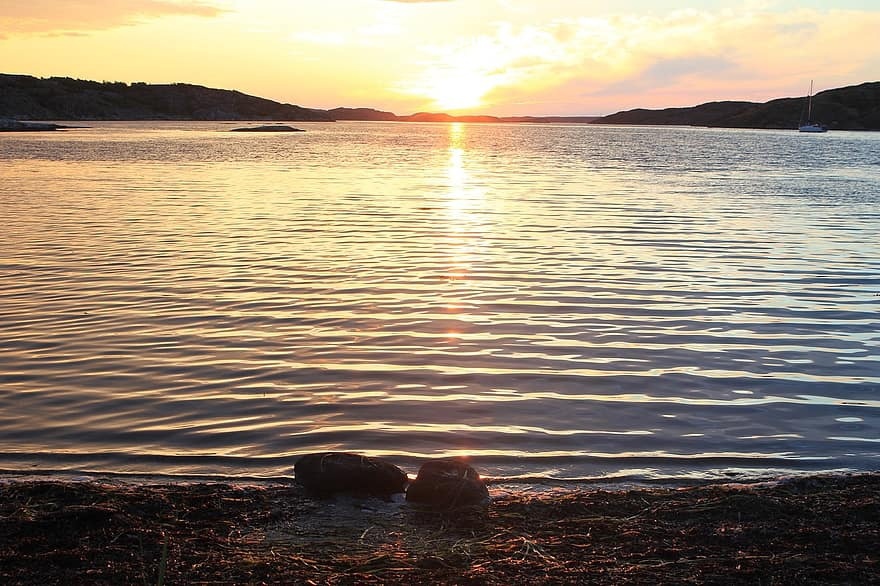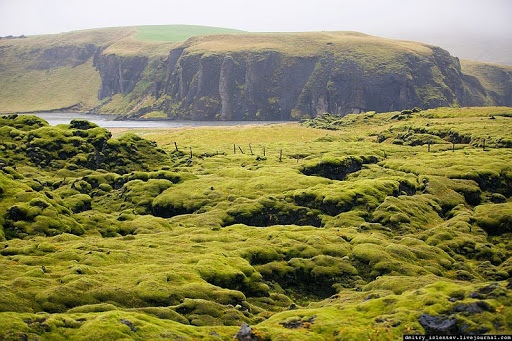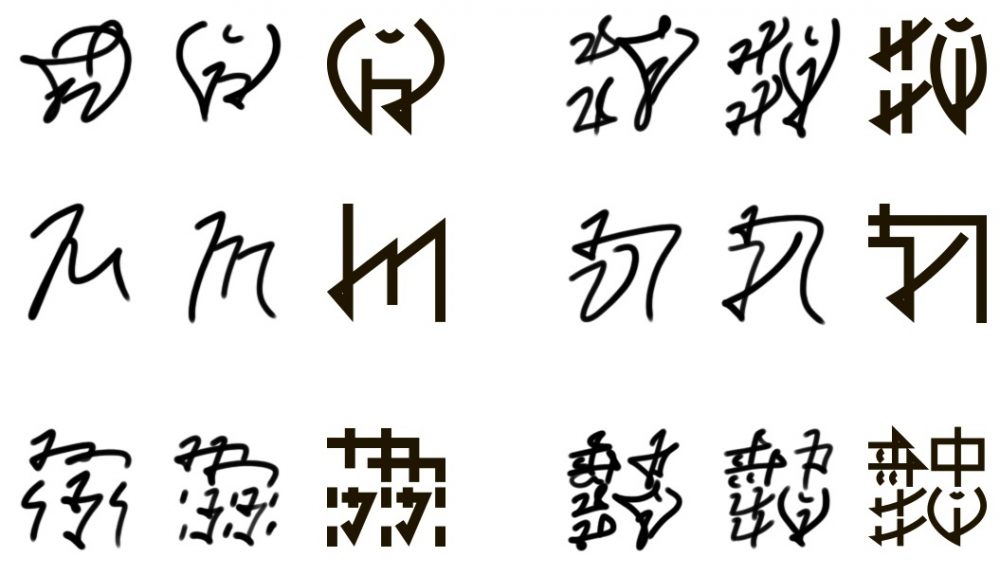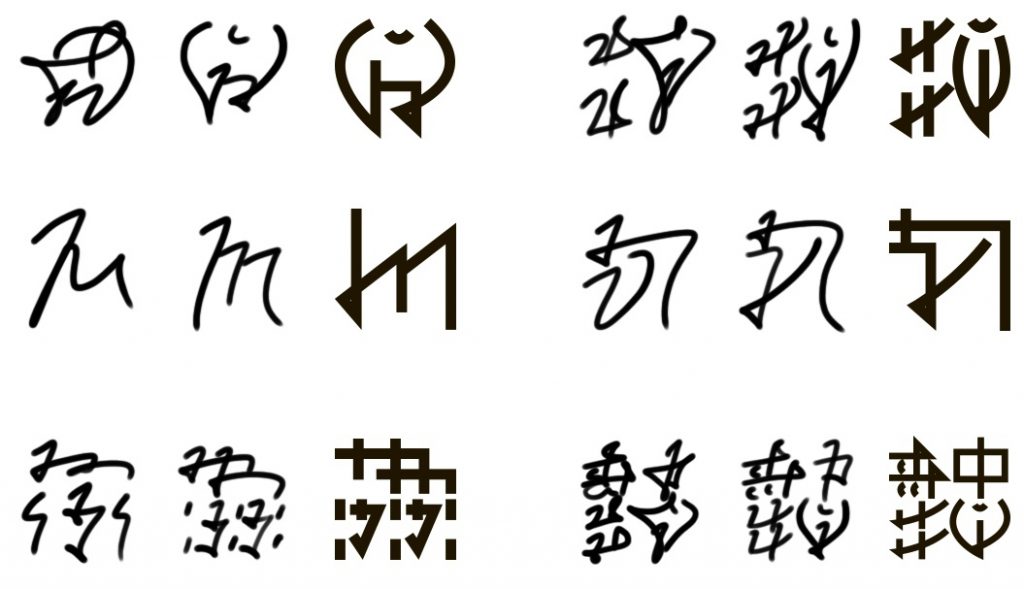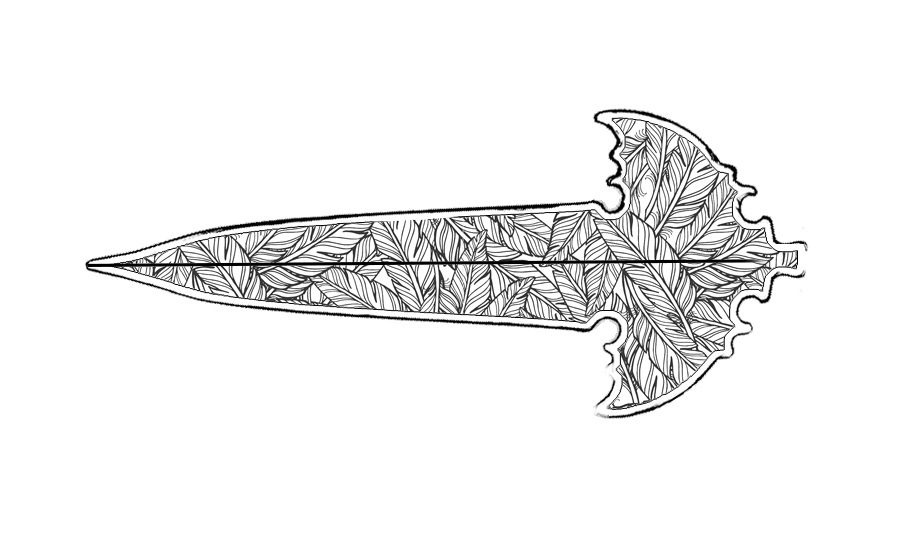Hello everyone, and this is... Zear.
Didn't expect that, huh?
Actually, I was originally going to write this post for two reasons. First, to tell at least a little about my impressions of life among the crossed-out archaeologists. Second, Andrey had become a little downhearted and downhearted due to the mess with the manuscripts. So I was going to replace him.
It turned out to be the other way around. Dragar. Named Acherus. Came to visit us. This is probably nothing new to you, but I saw him for the first time, and so... you know, in short. He listened to what had happened, thought for just a minute, and categorically declared that we were all now taking our bathing suits and going to the sea.
Yes, we all had work. Yes, it's only seven degrees Celsius now. I understand this now, but back then no one even thought about it: we just got up at once, got ready and - went.
Driving through Hveitstad, we bought a couple of cases of beer. Then we turned slightly to the east to reach the most deserted part of the coast. And after that, the most complete miracles began.
Acherus heated the water near the shore to at least twenty-five degrees. And all this non-verbally - and this is, as far as I understand, top class even for a dragar. We collected a huge armful of firewood in the pine forest nearby and lit a fire right on the sand.
I don't think words can describe how good a time we had. But believe me: after everything that happened, it was like a breath of clean and fresh sea air. Especially for Andrey.
By the time the fire was cleared away and the water returned to normal temperature, we had all sobered up. I suspect that Acherus offered his hand in this too. And we headed home in a very calm and quiet silence.
Acherus said goodbye to us and said that he would visit again in a few days. We will wait for him - after all, we did not even think to thank him personally.
In the meantime, thank you very much, friend.



